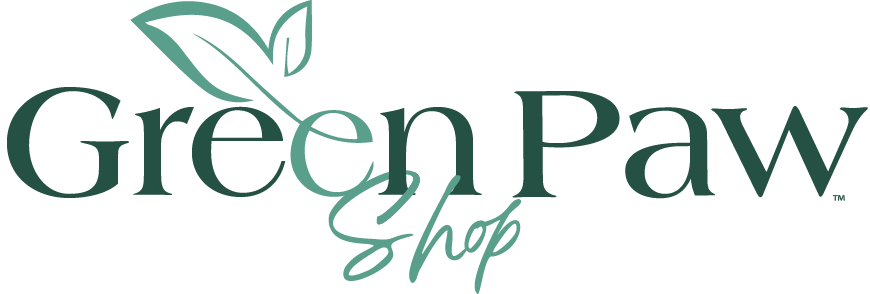Best way to leash train a puppy
Whether you have a new puppy or you are just looking for some more tips to get your dog started with leash training, here are some tips to help.

Avoid chokes, prong collars, and other collars that cause pain
Using chokes, prong collars, and other collars that cause pain while leash training a puppy can be dangerous to your dog's health. They can cause physical injuries and emotional problems. These tools may cause bruising, fractures, and esophageal and tracheal injuries.
The metal spikes in prong collars can dig into the skin around a dog's neck and scratch it. The spikes can also puncture the skin, leading to scars. Prong collars should only be used in a carefully controlled environment.
Choke collars can also cause serious injuries to the larynx and trachea. These can cause partial or complete asphyxiation. These collars can also cause eye and nerve damage. They can also be associated with whiplash.
Prong collars are used to prevent pulling on the leash. They work by applying a pinching pressure to the dog's neck. The pressure is supposed to be uniform. But the pressure can be uncomfortable, and dogs may become desensitized to it. This can lead to a dog's lunging and barking becoming worse.
Take it slow and use lots of positive reinforcement
Using positive reinforcement when leash training a puppy can be a fun and educational experience. The trick is to train your pet in the most effective way. You may need to use several different methods to get the desired effect.
The most effective positive reinforcement training methods involve the use of food treats. This is because the food is irresistible to the animal. The reward must be presented within a few seconds of the desired action.
Using positive reinforcement is the best way to teach your pet that pulling on the leash is not fun. If you use negative reinforcement, you can cause a bad situation for both you and your pet. This could cause your pet to regress into the old rule of pulling = walking.
If you want to get the most out of positive reinforcement, you'll need to be patient. Start with short sessions and reward your pet often. If you're lucky, you may be able to get away with just five minutes of training in a day.
Teach your puppy to obey when a reward is given
Getting your puppy to obey when a reward is given can be a daunting task. It is important to remember that training your puppy takes time. The best time to start is as early as possible.
There are a number of different ways to train your puppy to obey when a reward is provided. You can use toys or food as rewards. You can also use hand signals instead of verbal commands. Using the same word or hand signal for every command will help to keep your puppy consistent.
The dog's brain is highly tuned to body language. Using your hand to lure your dog to you can be a simple and effective way to get your pet to obey when a reward is provided.
Using a crate for your puppy will help keep them safe and secure when you are not there to watch them. Using a crate can also help with feeding time.
Teach your puppy to heel
Having a dog heel can make walks safer and more enjoyable for both dog and owner. However, learning how to heel takes time and consistency. The key is to keep repeating the command over and over until your dog understands it.
The heel command requires your dog to stay focused on you. The best way to do this is by using treats. Start by giving your dog a treat every few steps. Once you have established a pattern, try to gradually decrease the number of treats you give.
You can also try using a long spoon with peanut butter or cream cheese. Use the spoon to lure your dog to your side. This will make your puppy more attentive.
Once your puppy has learned to heel, start by walking together. You can start with short walks and then add steps as your dog improves.
Avoid having more than one dog in the home
Having more than one dog in the home can be a distraction and potentially dangerous. The best way to keep your dogs safe is to introduce them slowly, and one at a time. This will ensure that your pets get to know each other on their own terms.
It is also a good idea to have a separate room or area for your pets when they aren't home. You'll also want to set up a special area for meals and sleep. Also, don't leave the dogs alone for long periods of time. This means using baby gates to keep them separated from the other animals. They may get a little possessive.
The most important thing to remember when you are bringing a new puppy into the family is to do it slowly and methodically.




